What we learn together
The 10 Year Challenge
The Water Project has worked with communities who do not have access to reliable water for more than 10 years now. The “10 year challenge” meme provided the opportunity to reflect on all the things that have changed and on things we have accomplished since the start of The Water Project.
However, the thing that stood out to me was what didn’t change. We helped install a new well at Eshienga Primary School in western Kenya in 2009. The students came out to celebrate their new water point on the day construction was complete. They were thrilled that they no longer had to carry water to school each day just to have something to drink.
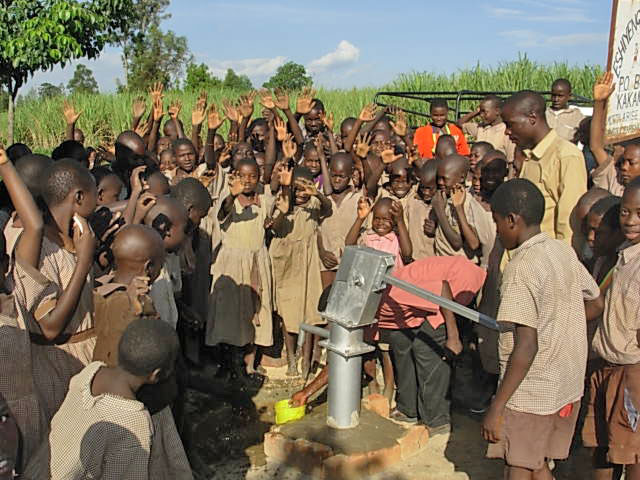
All of the kids in the picture no longer attend the school. They moved on to the nearby secondary school and now an entirely new cohort of students attend Eshienga Primary. One thing that hasn’t changed is the well. It still provides water to the students 10 years later.
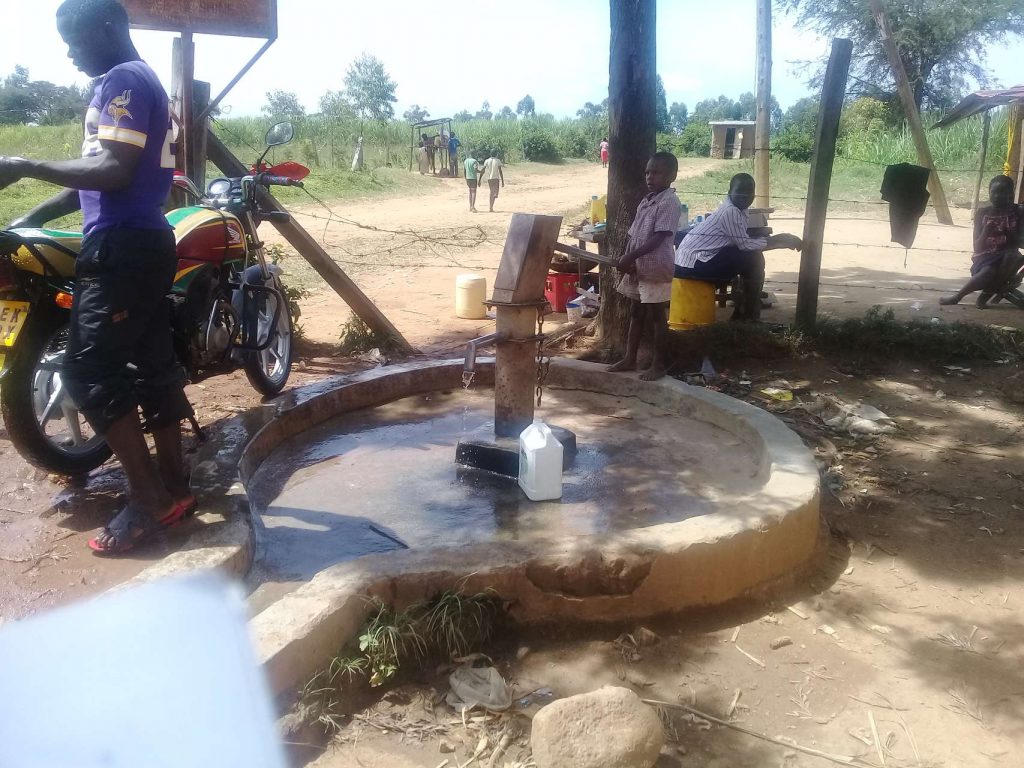
This is a picture from our most recent visit in November.
Not only is water still flowing, it is safe for drinking. Our water quality tests conducted during the visit showed that there are no contaminants. Furthermore, the student health club formed at the time of the well’s completion is still active with 40 members and there is more than $50 in funds set aside to pay for repairs.
We know all of this because of our ongoing monitoring program. We visit our projects, past and present, multiple times throughout the year to ensure that water is still flowing. This information is published on our website for every project over the past decade.
Over the past decade, The Water Project has increasingly worked with a conviction that a project is only beginning once the construction of a well is complete. It seems pretty obvious to say that wells, like any mechanical device, malfunction over time.
As we monitored our projects and the breakdowns became immediately apparent. Regular visits to a well show just how often it happens. Monitoring alone is not enough, we believe in sharing the status of each project in real time.
In 2011, we learned that some of the original parts installed in the well at Eshienga Primary were substandard. We reported what we learned at the time and dispatched our teams to repair the issue.
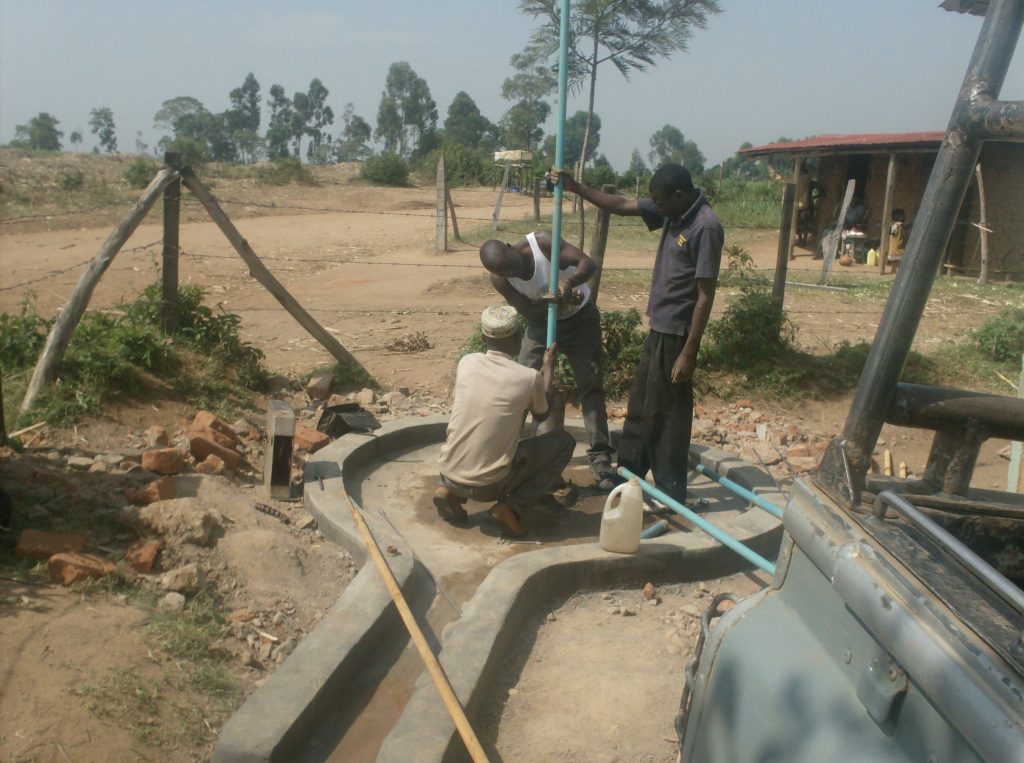
A year after the maintenance work was done, we published a report from one of our regular monitoring visits. Our teams observed that the well was still providing safe water because that problem was addressed.
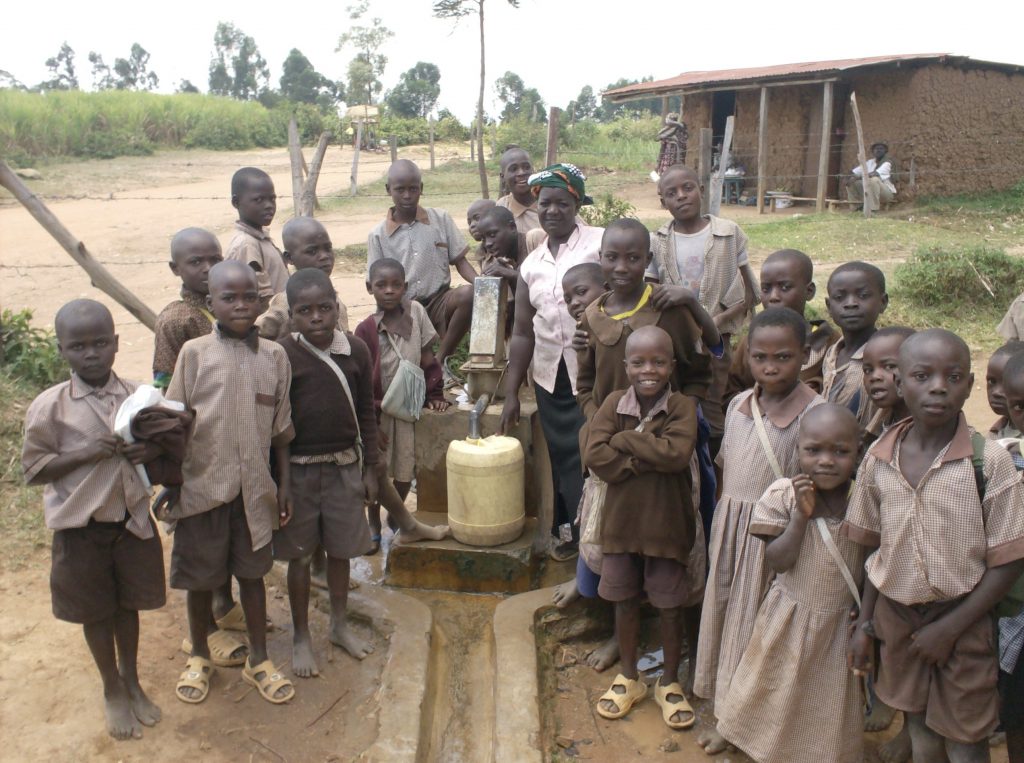
We continue to monitor the point and remain available for support. In 2015, we launched a new phone app-based monitoring system (mWater) that allowed us to publish to our website information about each water point immediately after it is visited by our teams. Anyone can go to our website and see the functionality status of every water point.
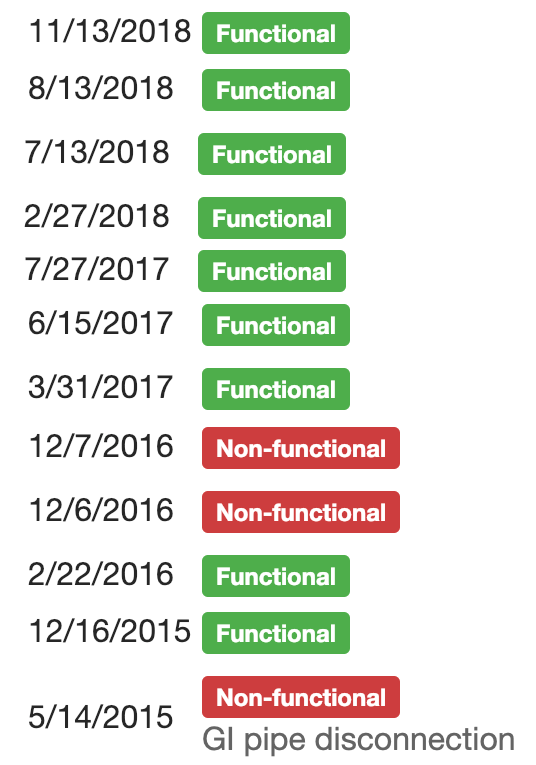
People can see that, like the case of Eshienga Primary, breakdowns happen and we are using monitoring to track when it happens and ensure that the problem is resolved. For example, here is how the well at Eshienga Primary has performed since 2015, when we began capturing data in a centralized database via cell phone with mWater:
Issues arose, they were reported, and we were able to respond in a timely manner to ensure that water continues to flow. Breakdowns are not unique to this school. We make a promise to every community that we will monitor and support each one of our projects.
We hope to celebrate the 10 year challenge every year as more projects turn 10 years-old. We also see it as a challenge to ourselves to ensure that water flows for more than a decade after a project is complete.
Home More Like ThisTweet